
Community health centers have to get creative to care for children during the pandemic's school closures
When Worcester public schools were closed this fall because of the coronavirus pandemic, the health-minded decision not only kept students out of the classroom – it also took away a key way for community health providers to reach students easily while they’re already in school.
With schools closed in Worcester and many other communities, the city’s two federally qualified health centers – Edward M. Kennedy Community Health Center and the Family Health Center of Worcester – have been scrambling to make sure they can still reach students in need in other ways. Kids who used to pop into an office for a quick visit between classes, during gym or lunch, or at other convenient times, now have to be reached in other ways.
“Access has always been the reason we’re there,” said Susana Rodriguez, the Family Health Center’s school-based health centers director.

In many cases, the nurse practitioners or others who staff such school-based centers have been spending much of the pandemic calling students at home to either simply check in on how they’re doing or to set up times to stop by clinics. In normal times, locations in schools are a major part of both community health centers’ operations: Kennedy has six, including five in Worcester and one in Framingham, and Family Health Center has eight, including seven in Worcester and a dental program in Webster.
“We all have concerns that trusted adults who were in kids’ lives, either teachers or nurse practitioners, are not in those kids’ lives anymore,” said Abigail Mathews, Kennedy's assistant medical director, who oversees its school programs. “There’s no remote stand-in for that.”
Technological and other hurdles
Going remote for health care is easier in some specialties than others.
Across health care – not only in pediatrics or school-based centers – medical professionals have said talk therapy, for example, lends itself well to telehealth, because a therapist can still see someone’s facial expressions or hear their emotion without needing to be in the same room. Specialists who would need to check vital signs or draw blood for a test have had more difficulty.
The challenges are more complex for school-based health centers, whose staff complement existing school nurses and can sometimes serve as a student’s de facto primary care provider.
Schools provide the health centers with names and contact information for children, but Worcester Public Schools has had challenges ensuring enough students have computers and reliable internet access at home – the same hurdles health providers can sometimes struggle with.

A phone call can be an easy way to get in touch, but sometimes cell phones are shared between people, or numbers are changed often. Students at home aren’t always the easiest to reach, especially if they’re already working to balance school work and a day-to-day life without friends and classmates they may still be getting used to.
Seeing students in person isn’t possible in school, and because of virus concerns isn’t always advisable elsewhere either, leading to fewer visits to the health centers’ main clinics and even fewer home visits. If students have to make their way to a clinic, such as for a physical or vaccine, they often have to rely on transportation from a parent or guardian, something that’s not always a sure thing.
Health providers often screen for substance abuse or behavioral health challenges, too. One question providers often ask is whether a student is safe at home – a question more delicate if asked when the student is at home, and one now made in the context of a student who is likely spending far more time at home than normal.
“I’ll ask if they can talk privately,” Mathews said. “I haven’t had a lot of pushback with that. I think everyone’s family is juggling space. So it can be a matter of having a private space to have a conversation.”
That extra time at home can lead to potential depression and anxiety for students who would normally look forward to seeing friends in school or having after-school activities. The school-based centers have traditionally been more often used by new immigrants, who might not have had a chance to establish a relationship with a primary care doctor yet, leaving already at-risk groups even more vulnerable.
“We’ve often been the first stop for kids who are new to come into this country,” Mathews said.
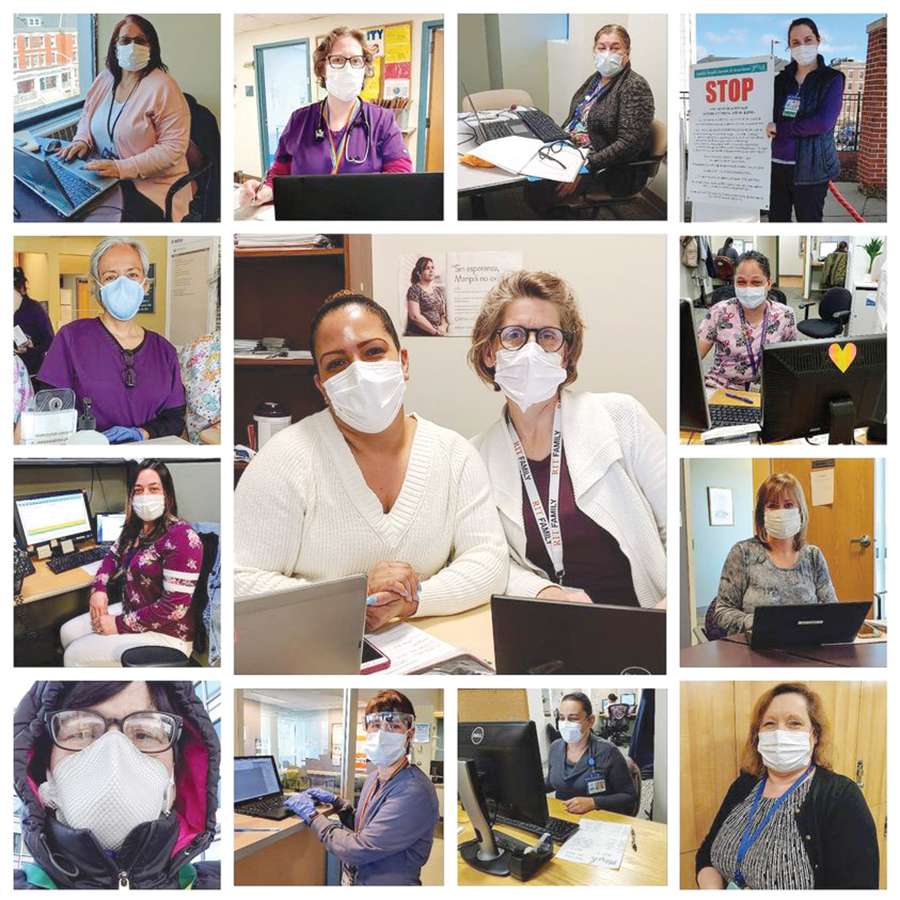
Working in a new reality
When the pandemic forced schools to go remote in the spring, staff at Kennedy and the Family Health Center began going through lists of students to find when they last had a physical or vaccination, or who might need particular outreach. Once Worcester Public Schools decided to do remote learning this fall, health staff got updated enrollment lists and started going through and marking which students needed to be contacted.
The Family Health Center has been working to keep going some group activities, including one called Lunch Bunches, where students would bring their lunch to smaller gatherings to chat about how to stay healthy and have good nutritional habits. Today, those gatherings take place remotely, and the conversations can revolve around what they miss doing because of the pandemic or what they’re looking forward to most once it’s over.
Another initiative, the Positive Directions program for students at risk of dropping out, has moved online with academic, social and emotional support for students. The program typically includes a summer program when students are about to enter high school, and continues intensively through the school year. But regular meetings online have worked well, said Rodriguez, the director of school programs for the Family Health Center.
For others, the Family Health Center has adjusted its hours to allow for later afternoon and early evening hours for students to stop by for check-ups or vaccines. Health providers who’d normally see students only at their own school center are now available to work with students anywhere, helping the center more quickly respond to students’ needs.
Providers and administrators at both community health centers said those partnerships are vital – including with public school systems, the Boys & Girls Club, the YMCA and others that may be seeing more of students than they used to or playing a different role in their lives. At Kennedy, a program normally providing menstrual products for girls at school has instead been routed through a community partner, Girls Inc.
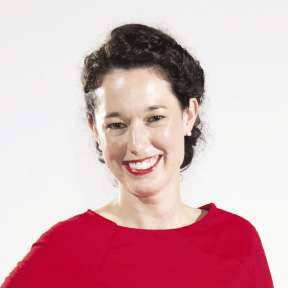
The Family Health Center might not be seen as so trustworthy a partner if not for its relationship with school systems and primary care and other medical offices, said Valerie Pietry, the center’s chief medical officer.
“That connection is so important,” Pietry said.
Courtney Pelley, Kennedy’s vice president for strategic partnerships, said she’s been impressed by how well such partners have worked more closely together during the pandemic to make sure kids’ needs are still being met despite the health crisis.
“That’s one of the reasons I’m most proud to live in and work in the city,” Pelley said. “It’s because it’s so collaborative.”

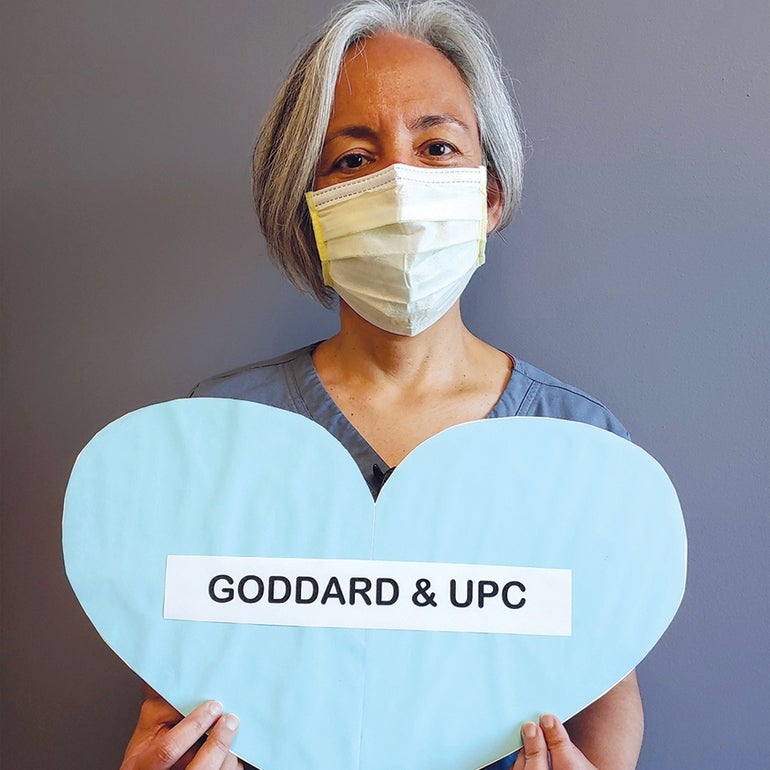
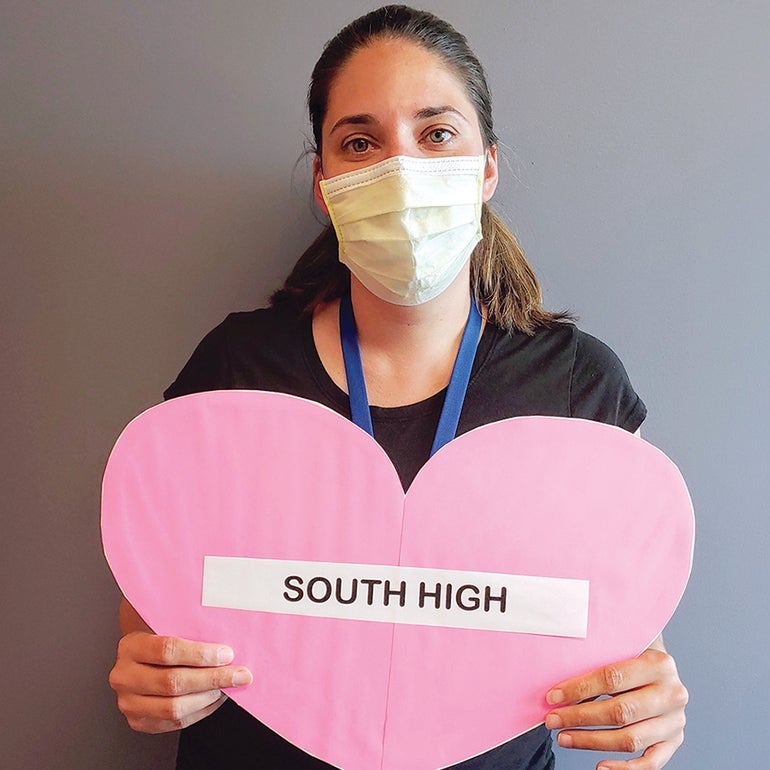
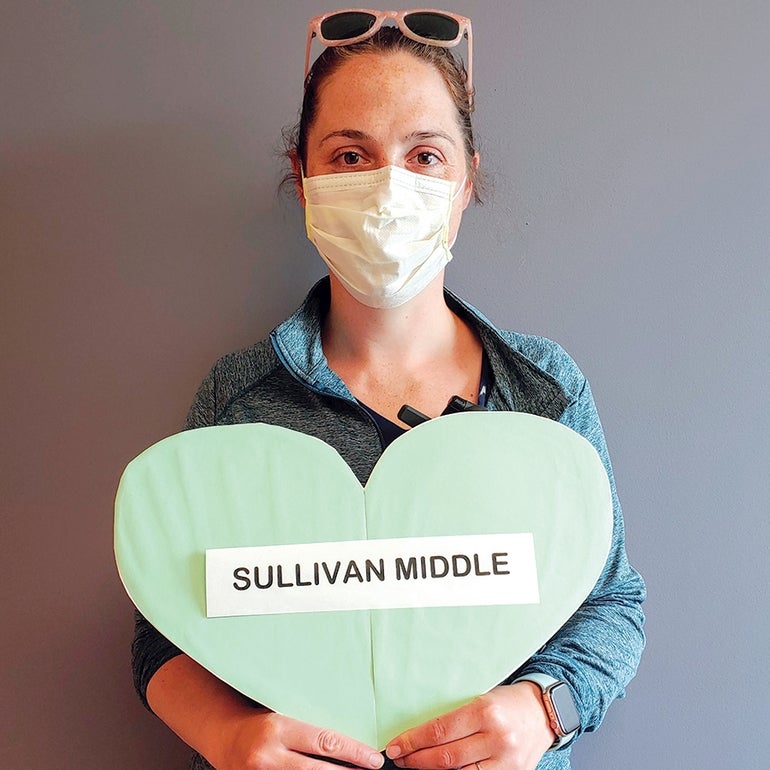
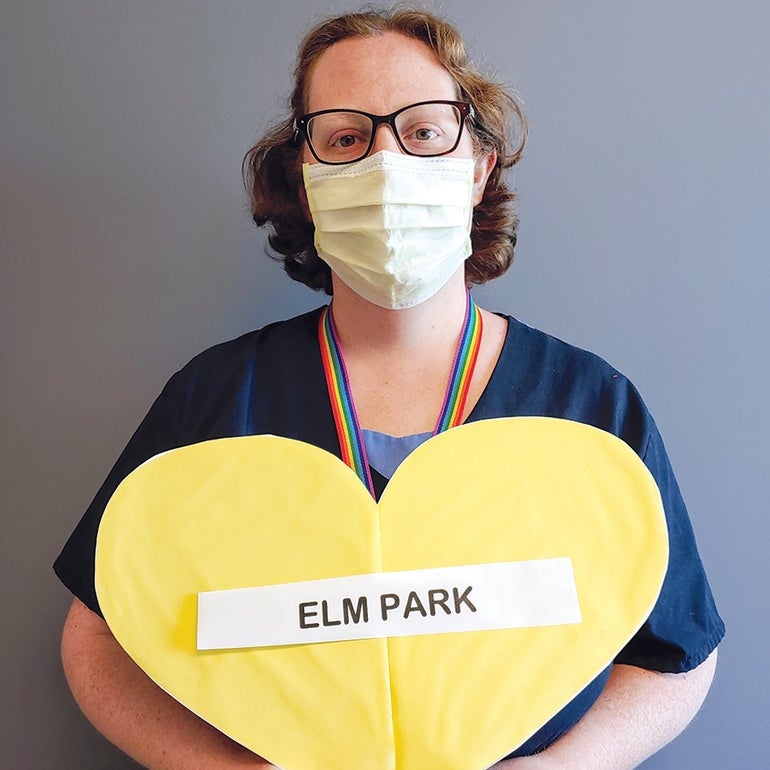
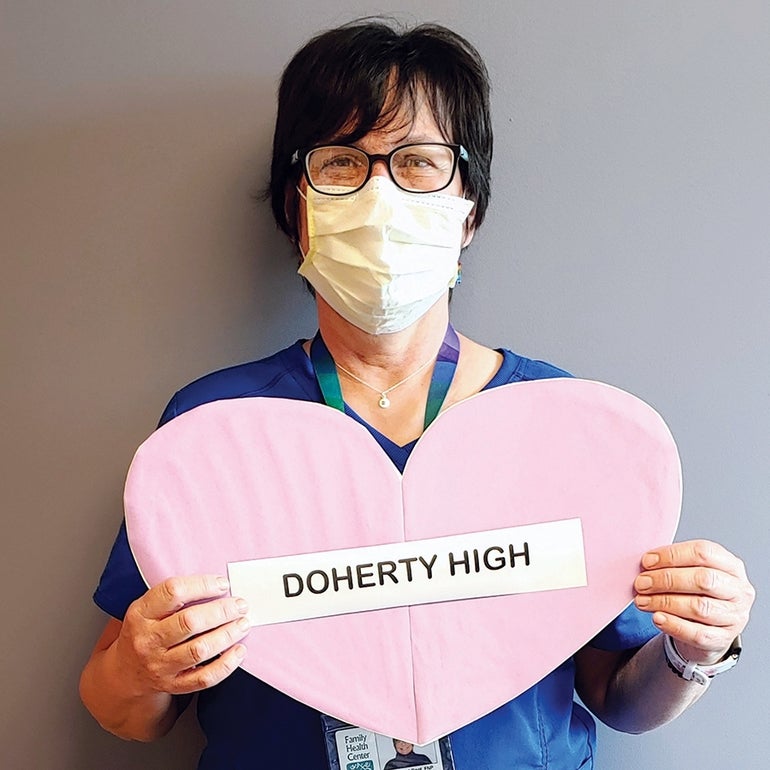







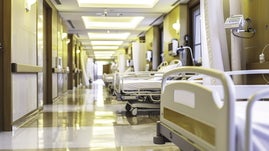


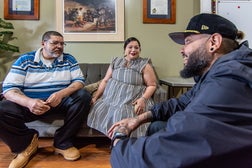



0 Comments